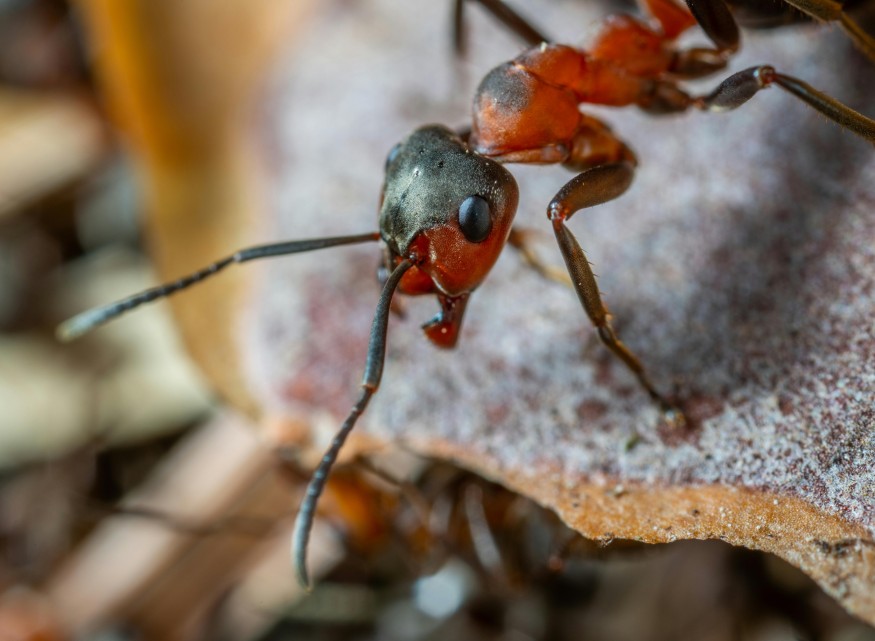
An 8-year-old boy's observation has led to a surprising breakthrough in the study of nature's hidden connections. Hugo Deans, on a walk near his home, noticed ants hauling what he thought were seeds.
His father, Andrew Deans, a professor of entomology at Penn State, took a closer look and realized that the ants were collecting not seeds, but oak galls — growths induced by wasps. This unexpected discovery has reshaped long-standing ideas about the relationship between ants, plants, and insects.
Young Boy's Ant Observation Reveals Wasps' New Strategy for Using Ants
For years, scientists have known about the phenomenon of myrmecochory, where ants collect seeds with special structures called elaiosomes, Daily Galaxy reported.
These fatty structures attract ants, which then carry the seeds back to their nests, helping plants spread their seeds. However, Hugo's discovery of ants collecting oak galls challenges this idea.
Oak galls are produced by wasps as a safe home for their larvae. The finding of ants collecting these galls raises new questions about how wasps might be using ants for their benefit.
The oak galls that Hugo observed were covered with a coating called "kapéllos," a structure that contains fatty acids. Ants are naturally drawn to these fatty acids, which are a major part of their diet. While the ants enjoy the fatty coating, they leave the rest of the gall behind, sheltering the wasp larvae.
This behavior is similar to how ants interact with seeds, but with the added twist that wasps have evolved a way to manipulate ant behavior for their survival.
How Hugo's Simple Observation Revealed Complex Nature Connections
The discovery has sparked new discussions among entomologists. Some scientists believe this might be an example of evolutionary convergence, where different species develop similar strategies to exploit a common behavior — in this case, the ants' attraction to fatty acids.
According to Earth.com, the oak galls' coating may mimic the scent of dead insects, one of the ants' natural food sources, making the galls more appealing to them.
The study, led by Andrew Deans and his colleagues, also emphasized the importance of preserving biodiversity. Oak trees, which are vital to the production of galls, are under threat from habitat loss and climate change. If these ecosystems are disrupted, it could unravel the delicate balance between ants, wasps, and oak trees, affecting the entire network of relationships.
Hugo's discovery serves as a reminder of how curiosity and keen observation can lead to major scientific breakthroughs.
His simple observation — watching ants carry what he thought were seeds — has provided scientists with a new understanding of the intricate relationships that exist in nature. It also shows that there is still much to learn about the connections between species and how they interact.
The research findings were published in The American Naturalist, and the discovery continues to inspire curiosity about the complex networks that bind the natural world together.
© 2025 NatureWorldNews.com All rights reserved. Do not reproduce without permission.





